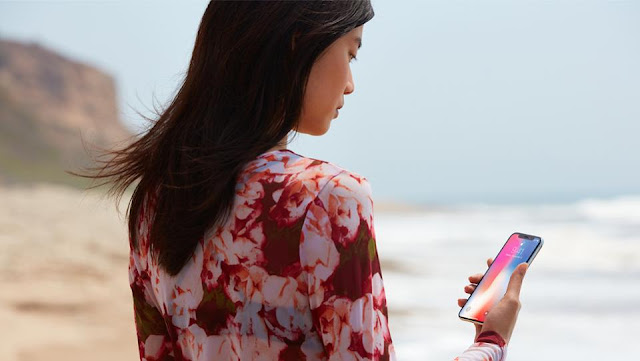iPhonesIn the News Recently: All Things Apple!
We aren’t talking about the fruit either. The tech giant has something or things up their sleeve which makes us question what they are really up to. One thing that made rumor mills churning on overtime this time around was news that Apple may make it’s own drones in the future. Yes they have moved from iPhones to drones. But while we are talking about iPhones, we also have to state that Apple is also planning on making a massive 6.5 inch iPhone tagged the iPhone X Plus.Besides this massive screen iPhone, Apple is also planning on coming out with two other iPhones this year. If the drone thing and the 6.5 Inch screen iPhone isn’t enough to peak your interest then we have also learnt that Apple may be making it’s own credit cards with Goldman Sachs. Now let’s delve more into what Apple has planned for us in the coming months.
The iPhone with the 6.5 inch screen:
The new iPhone may be called iPhone X Plus. This huge 6.5 inch screen will have all the features of the iPhone X with added screen space. The screen will cover most of the overall phone’s face.
Apple in a Drone Program by the US Government:
Apart from many big names and transportation companies, Apple will also be participating in the US drone program. This Drone program will open up the doors to companies to test drone flights over people which is currently not allowed. This program will allow companies to test fly drones over a higher altitude than what is currently allowed. Amazon, Boeing and Intel are some of the other big wigs that will be participating in the program. While all these companies have drone programs in place, Apple hasn’t made formal any of their drone programs.
New iPhone X if yours isn’t working properly?
iPhone Xs with a face detection problem, previously used to have Apple change the screens of these devices but now the tech giant has reportedly changed it’s policy so that any devices having the problem will be swapped out with a new iPhone X.
New credit card by Apple?
Apple is planning on bringing out a new credit card called Apple Pay. The company is doing this in partnership with Goldman Sachs. The apparent motive behind this is to increase presence in consumer banking for Goldman Sachs.Apple to reduce it’s environmental impact:
Apple is partnering up with aluminum manufacturers Alcoa and Rio Tinto to smelt aluminum in a way that would reduce green- house gas emissions and therefore help the environment. This new method would not only reduce Apple’s impact on the environment but also usher in a new way of producing the metal to be used in products of all kinds.
Apple to start new video service subscriptions:
Apple will be starting a new video service subscription through its Apple TV. This service will apparently allow subscribers to select a network or on the demand- channels through Apple TV.







